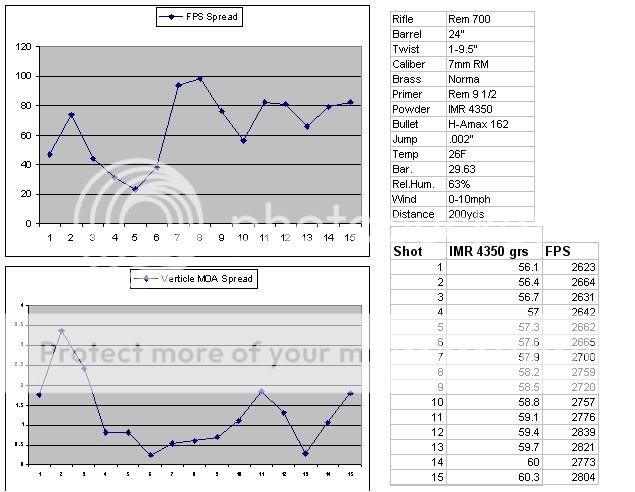Natty Bumpo
Well-Known Member
Like a lot of guys here, I evaluate my hand loads with a chronograph and by looking at the targets. On the target, I measure the extreme spread: the max. distance between the centers of the 2 outermost shots. I do this because it's the easiest way.
I realize there are more effective ways to evaluate loads, like average radius or radial standard deviation, that give a better picture of how a given load shoots. But calculating them is too tedius.
On one of the threads here I linked to another website that had some good articles on how best to measure shooting precision; written by John Leslie III. He references a program he wrote called ScorStat that can do the calculations. Problem is, this was written in 1993. I can't find anything on-line about ScorStat as it relates to our field.
I don't have a scanner and don't want to have to scan targets. What would be ideal, would be to have a target with background grid. On returning from the range, you could pinpoint your shots on the same target grid, and with a click of the mouse put a dot on the grid equal to your caliber. Press "enter" and it gives you the measurement you're looking for.
Does anyone know if there is such a thing?
I realize there are more effective ways to evaluate loads, like average radius or radial standard deviation, that give a better picture of how a given load shoots. But calculating them is too tedius.
On one of the threads here I linked to another website that had some good articles on how best to measure shooting precision; written by John Leslie III. He references a program he wrote called ScorStat that can do the calculations. Problem is, this was written in 1993. I can't find anything on-line about ScorStat as it relates to our field.
I don't have a scanner and don't want to have to scan targets. What would be ideal, would be to have a target with background grid. On returning from the range, you could pinpoint your shots on the same target grid, and with a click of the mouse put a dot on the grid equal to your caliber. Press "enter" and it gives you the measurement you're looking for.
Does anyone know if there is such a thing?

